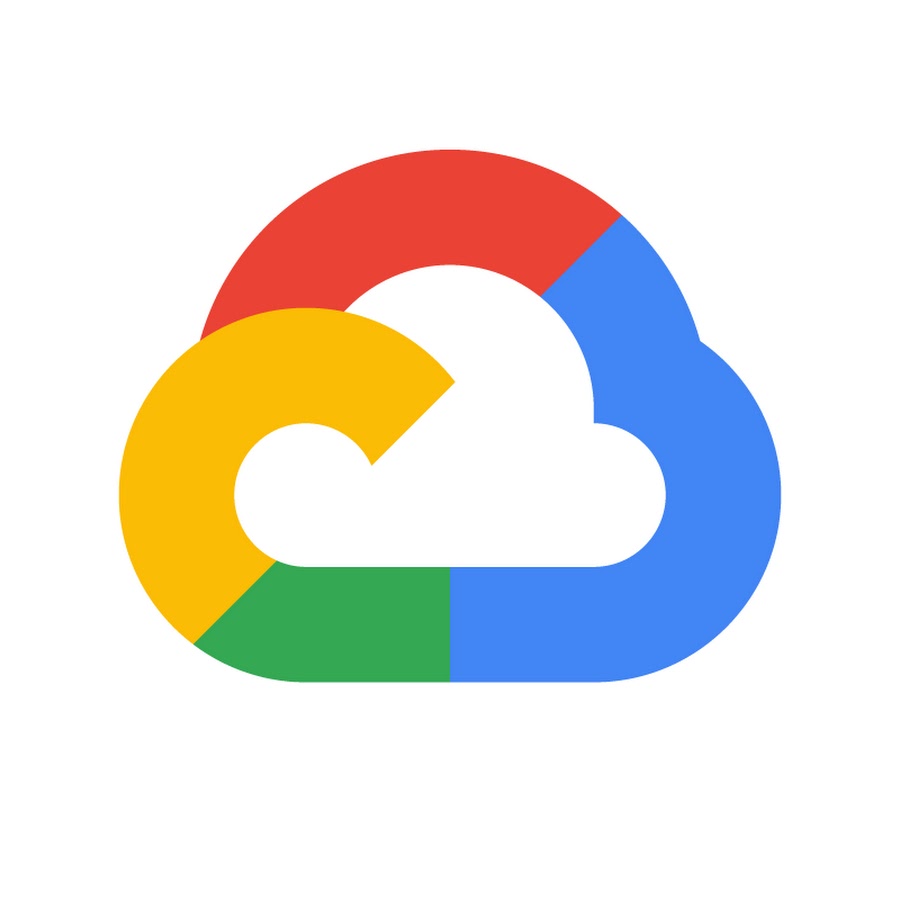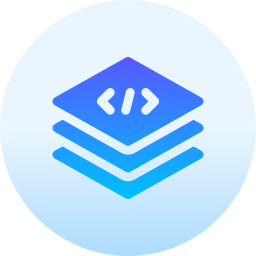A Detailed Guide to Google Cloud Platform (GCP)

MontaF - Sept. 12, 2024

Google Cloud Platform (GCP) is a comprehensive suite of cloud computing services offered by Google.
It provides infrastructure, platform services, and tools that allow businesses to build, scale, and manage applications on the cloud.
GCP is known for its high-performance computing, machine learning capabilities, and extensive integration with other Google services. This article will cover:
- Introduction to GCP
- Key Services Offered by Google Cloud
- Compute
- Storage
- Databases
- Networking
- AI/ML Services
- Developer Tools
- Security Services
- GCP Pricing Model
- How to Get Started with GCP
- Best Practices for Using GCP
- Conclusion
1. Introduction to GCP
Google Cloud Platform provides the infrastructure needed to run modern applications and services. It is designed to handle all kinds of workloads, ranging from simple web apps to large-scale data processing and artificial intelligence (AI). It leverages Google's extensive global network and advanced data centers to offer users high availability, scalability, and security.
GCP offers:
- Global Reach: GCP is available across multiple regions and zones worldwide, enabling global deployment of applications.
- Performance: Google’s global fiber-optic network provides fast and reliable data transmission.
- Security: Google Cloud is built with multiple layers of security, including encryption, identity management, and compliance certifications.
2. Key Services Offered by Google Cloud
2.1 Compute
Compute services in GCP allow you to run applications, manage virtual machines, and build highly scalable systems.
- Compute Engine: Offers virtual machines (VMs) in Google’s data centers, with customizable machine types, predefined images, and auto-scaling capabilities. Ideal for general workloads.
- App Engine: A fully managed platform-as-a-service (PaaS) for developing and hosting web applications. It automatically handles infrastructure management, scaling, and monitoring.
- Kubernetes Engine (GKE): A managed environment for deploying, managing, and scaling containerized applications using Kubernetes. GKE automates many of the operational tasks of Kubernetes, like upgrades and scaling.
- Cloud Functions: A serverless execution environment for running event-driven code. It's ideal for lightweight applications and real-time data processing.
- Cloud Run: Allows you to run stateless containers that are auto-scaled based on the load. It's a serverless option for containerized applications.
2.2 Storage
Google Cloud offers multiple storage services, allowing you to choose based on performance and pricing needs:
- Cloud Storage: Object storage for storing any amount of data. It offers different storage classes (Standard, Nearline, Coldline, and Archive) to optimize cost depending on how frequently data is accessed.
- Persistent Disks: Durable storage for use with Google Compute Engine VMs. Offers both standard hard drives and SSD options.
- Filestore: Managed network-attached storage (NAS) for applications requiring a file system interface and shared file system for data.
- Cloud SQL: Fully managed relational database service for MySQL, PostgreSQL, and SQL Server databases.
- BigQuery: A fully-managed data warehouse that allows fast SQL queries on large datasets. Ideal for analytics and business intelligence.
2.3 Databases
Google Cloud provides several database services, catering to different use cases and performance requirements:
- Cloud SQL: A fully managed relational database service for MySQL, PostgreSQL, and SQL Server.
- Cloud Spanner: A scalable, globally-distributed database with the features of a relational database, including ACID transactions, SQL queries, and horizontal scaling.
- Bigtable: A NoSQL database service for large-scale, low-latency workloads, ideal for time-series data or large analytical workloads.
- Firestore: A serverless, NoSQL document database for building real-time, interactive applications. It integrates well with Firebase.
- Memorystore: Managed Redis and Memcached services for in-memory caching and real-time data processing.
2.4 Networking
Google Cloud’s networking services are built on top of Google’s global fiber network, offering low-latency and high-performance connectivity:
- VPC (Virtual Private Cloud): A virtual network that allows you to manage traffic between your services and the internet.
- Cloud Load Balancing: Automatically distributes traffic across multiple instances and regions, ensuring availability and reliability.
- Cloud CDN: A content delivery network that caches content at Google’s global edge locations, improving the performance of websites and apps by delivering content closer to users.
- Cloud Interconnect: A service that allows you to establish a high-performance connection between your on-premises data center and Google’s infrastructure.
- Cloud DNS: A scalable and reliable Domain Name System (DNS) that lets you manage your domain names.
2.5 AI and Machine Learning Services
Google Cloud provides a wide range of services for AI and machine learning:
- AI Platform: A set of tools for building, training, and deploying machine learning models on GCP.
- AutoML: A suite of machine learning products that allow you to train custom models without requiring extensive knowledge of machine learning.
- Cloud Vision API: Pre-trained models for image analysis, including object detection, OCR, and facial recognition.
- Cloud Natural Language API: Provides tools for analyzing and understanding text, such as sentiment analysis and entity recognition.
- Speech-to-Text and Text-to-Speech: Services for converting audio into text and vice versa.
2.6 Developer Tools
Google Cloud offers tools that make development, monitoring, and debugging easier:
- Cloud Build: A continuous integration and delivery (CI/CD) platform that automates the building, testing, and deploying of your applications.
- Cloud Source Repositories: A fully-featured Git repository for collaborative development.
- Cloud Deployment Manager: Allows you to define your cloud infrastructure using templates, making it easier to manage infrastructure as code.
- Stackdriver (now part of Google Cloud Operations Suite): A set of tools for monitoring, logging, and diagnostics.
2.7 Security Services
Security is a key focus of Google Cloud, and the platform provides several services to protect your applications:
- Identity and Access Management (IAM): Allows you to manage permissions and roles for users and services within your Google Cloud resources.
- Cloud Key Management: Provides tools for managing encryption keys.
- Cloud Security Command Center: A centralized platform for monitoring and assessing the security of your Google Cloud assets.
- Shielded VMs: VMs with enhanced security features such as Secure Boot and integrity monitoring.
3. GCP Pricing Model
Google Cloud follows a flexible and transparent pricing model. It operates on a pay-as-you-go basis, which means you only pay for the resources and services you actually use. This can be broken down into:
- Per-minute billing: Services like Compute Engine are billed on a per-second or per-minute basis, ensuring you don’t pay for more time than you use.
- Sustained use discounts: If you use a VM instance for a significant portion of the month, you automatically receive a discount.
- Committed use contracts: You can commit to using certain resources (like Compute Engine VMs) for a 1- or 3-year period in exchange for significant discounts.
- Free Tier: GCP offers a limited set of free resources (e.g., 1 f1-micro instance, 5 GB of Cloud Storage, etc.) that remain free within the usage limits.
Estimating Costs
You can use the Google Cloud Pricing Calculator to estimate costs for your specific needs by inputting the services, regions, and usage levels.
4. How to Get Started with GCP
Step 1: Create a Google Cloud Account
Sign up for Google Cloud using your Google account. Google offers a free trial with $300 credit for 90 days, allowing you to explore services.
Step 2: Set up Billing
Once you create an account, set up a billing profile. Don’t worry — you won’t be charged unless you exceed the free tier limits or the $300 credit.
Step 3: Create a Project
Projects are the organizational units in GCP. After signing up, create a new project where all your resources and services will be housed.
Step 4: Access the Console
Use the Google Cloud Console to manage your services and monitor your usage. You can also use the gcloud CLI for managing resources via the command line.
5. Best Practices for Using GCP
- Organize with Projects and Folders: Use projects to separate different environments (e.g., development, testing, production) and folders to group related projects.
- Use IAM for Access Control: Set appropriate roles and permissions to enforce the principle of least privilege. Regularly audit access control policies.
- Leverage Automation: Use tools like Cloud Deployment Manager or Terraform to manage your infrastructure as code, ensuring consistency and repeatability.
- Monitor Usage and Costs: Set up budget alerts and monitor billing regularly to avoid unexpected costs. Use sustained use and committed use discounts for long-running resources.
- Backup and Disaster Recovery: Regularly back up critical data using services like Cloud Storage and configure multi-region replication to ensure high availability.
Conclusion
Google Cloud Platform provides a vast array of services and tools for modern cloud computing needs.
Whether you are building applications, processing large datasets, or developing machine learning models, GCP offers the infrastructure and services to support your requirements.
By understanding the core services, pricing, and best practices, you can effectively leverage GCP to build scalable, secure, and cost-efficient solutions.
For more detailed information and to get started with GCP, visit the Google Cloud website and explore the available resources.


